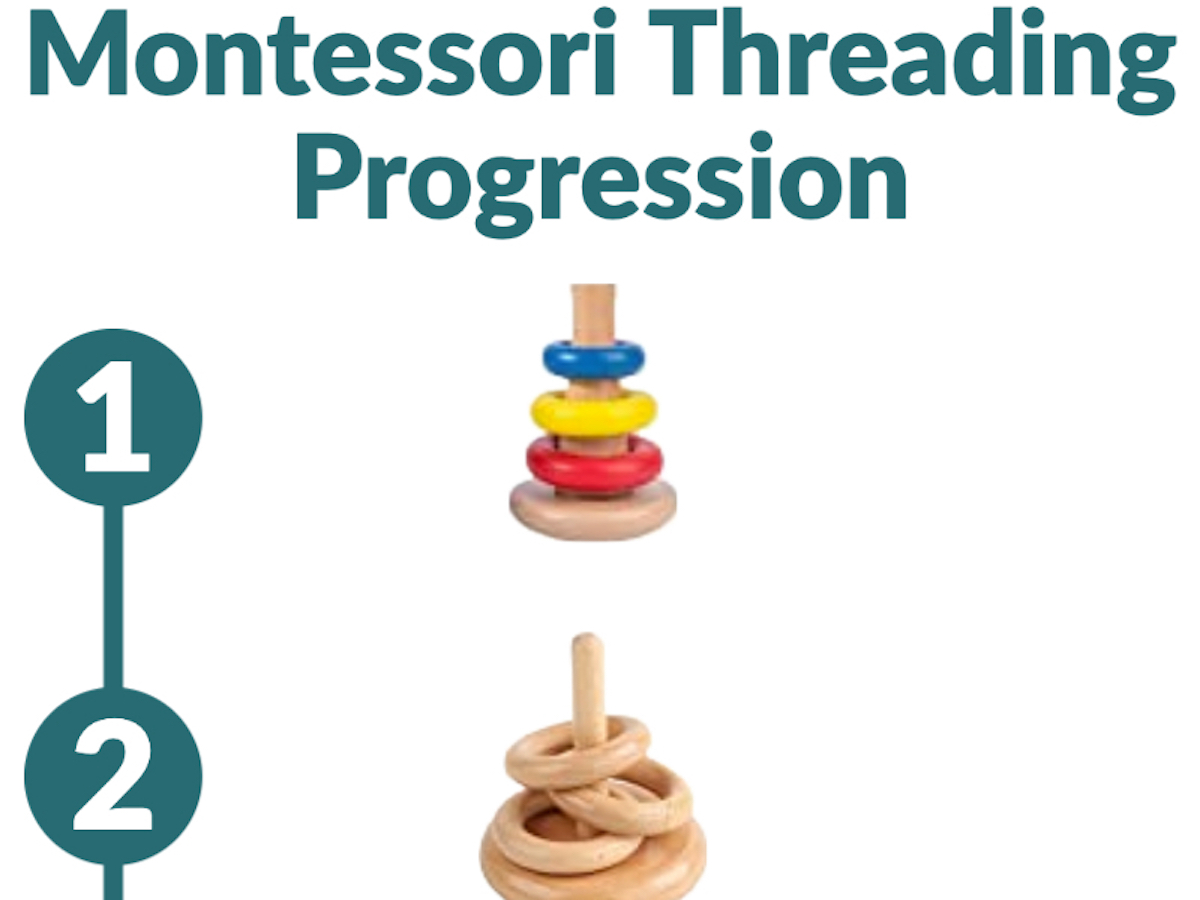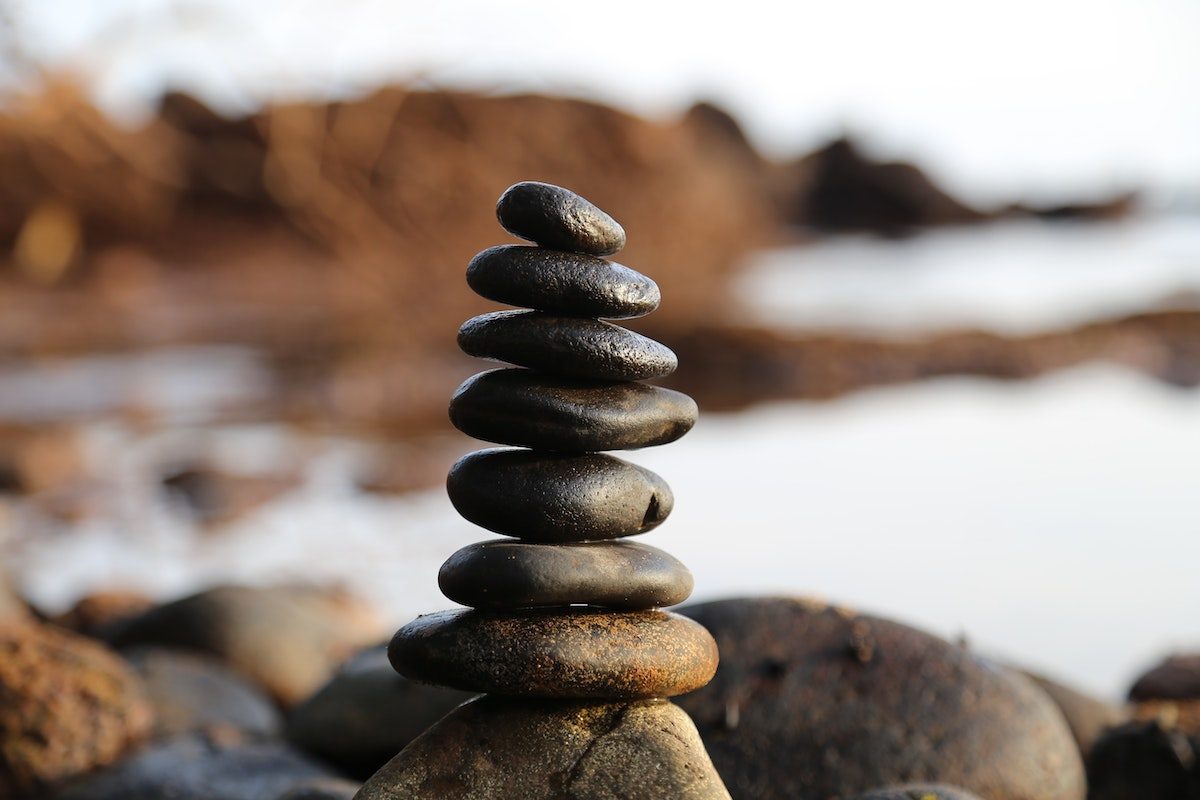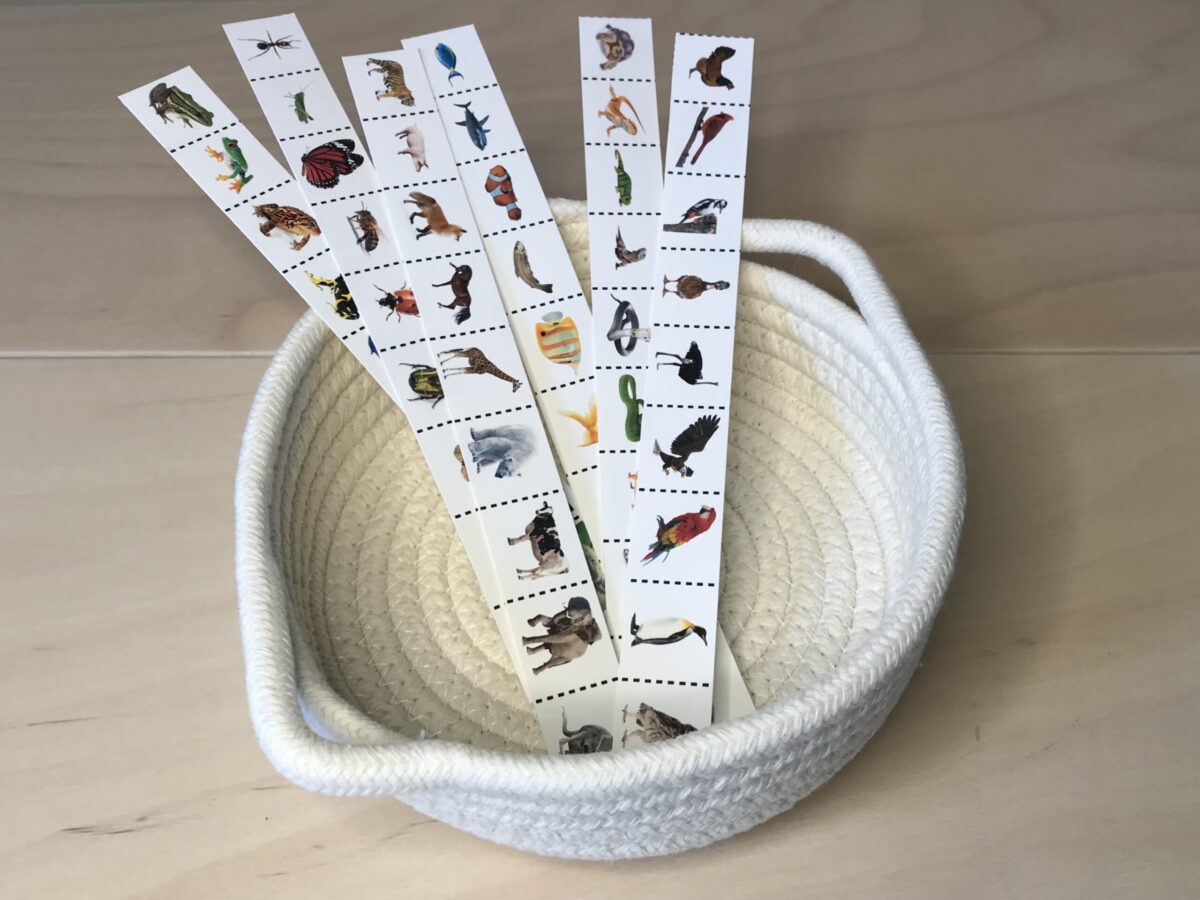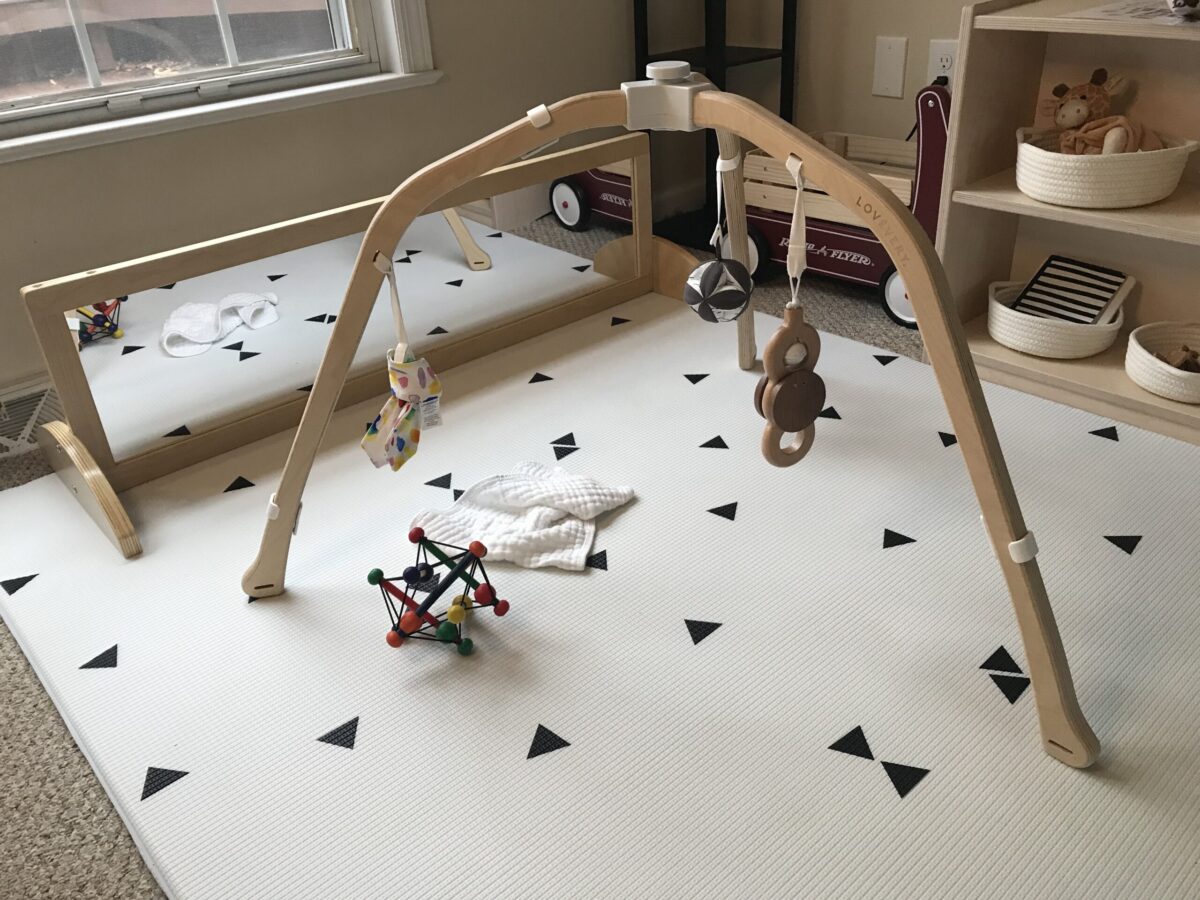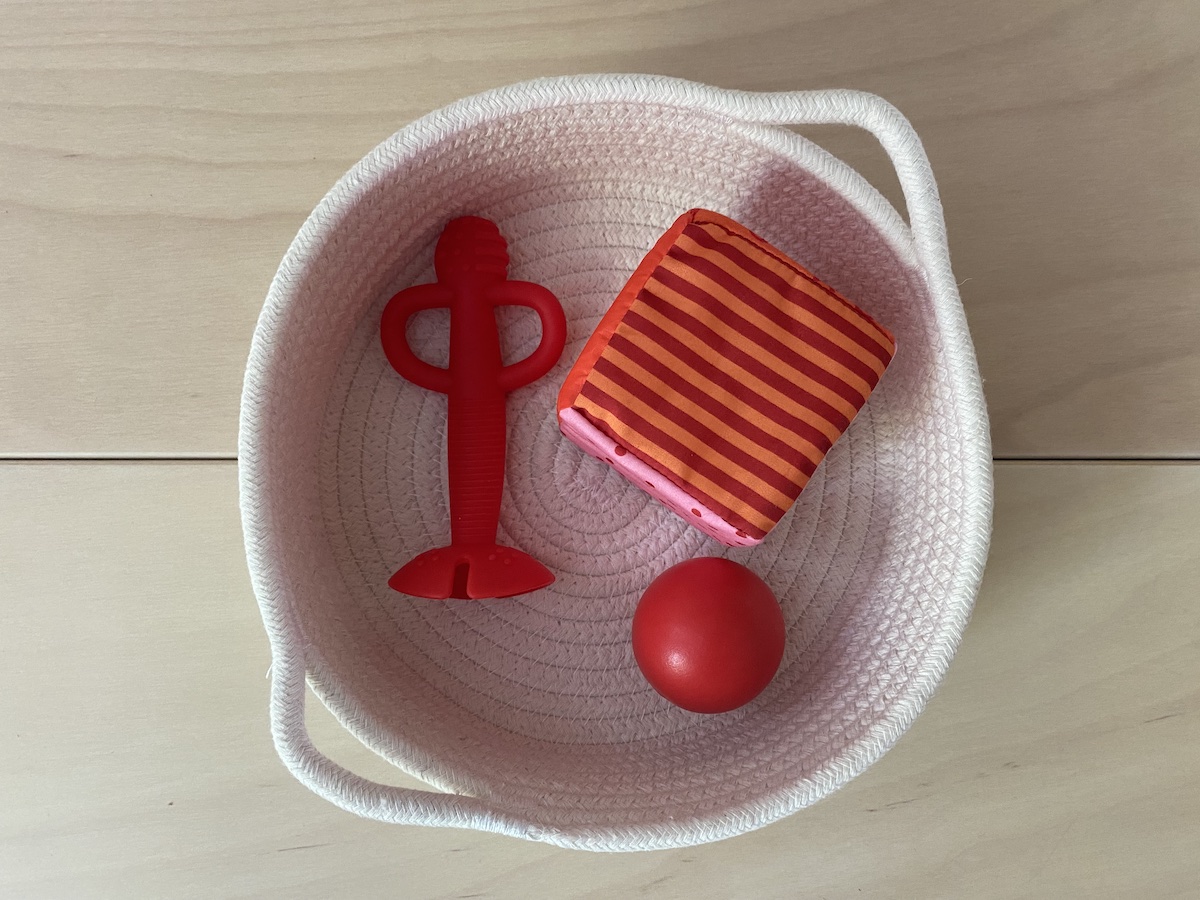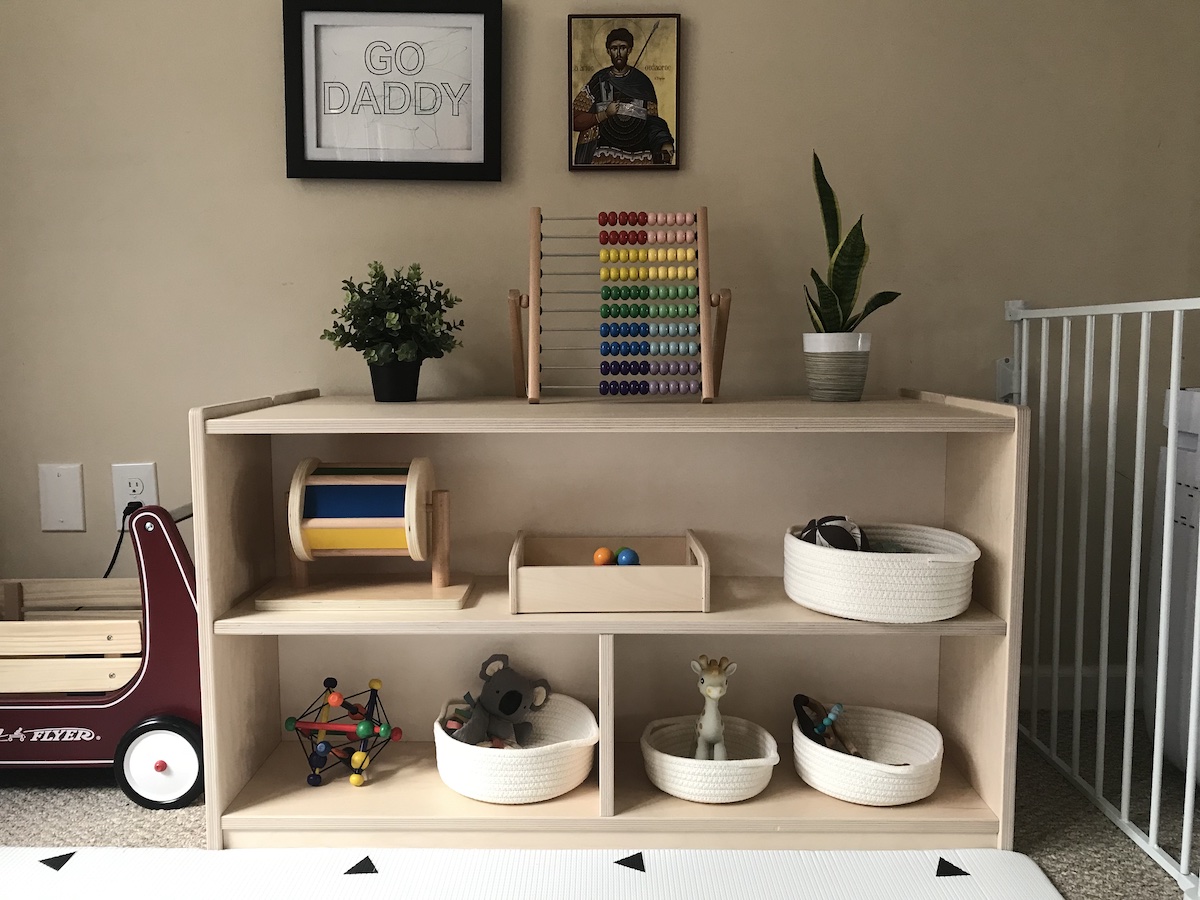
This post may contain affiliate links. This simply means that I will earn a small commission, at no cost to you, if you purchase through a link. I would and have recommended all of the products I list even without a link.
As mentioned in the How to incorporate Montessori in your homeschool post, the word “Montessori” is not copyrighted or trademarked. I can create any number of activities and say they are Montessori. So, what are the main components of a Montessori activity?
Single Isolated Focus
Each activity must focus on a single skill. This allows the child to work on their attention and avoid becoming overwhelmed. Instead of teaching numbers, colors, stacking, and sorting all at once, we would focus on each one individually.
Isolation of Qualities
Isolation of qualities is similar to a single focus and means only one trait varies at a time. If we want to practice color sorting, we should keep all of the sizes and shapes of the materials the same and only vary the color.
Isolation of Difficulty
Every activity must meet the developmental needs of the child. To do this, we can slowly increase the complexity of what we are asking. We can do this by building upon our previous accomplishments. In practice, this looks like breaking down a goal into small parts. For instance, if we want a child to form a stacked tower, we may start with only one or two blocks and add more as they master it.
Control of Error
The goal of a parent or teacher in Montessori is the guide the child. We aren’t there to correct everything they do. In this regard, the activity needs to be set up so that the child can immediately recognize when something is wrong and fix it. As an example, a stacked tower will fall over if not stacked correctly and puzzle pieces only fit if it is in the right place. This allows the child to build confidence and independence.
Realistic
Until a child reaches the age of 6, they are unable to differentiate between fantasy and reality. Because of this, Montessori toys and activities must be realistic. We use real images for worksheets and realistic figurines (which are often plastic because it allows for detailed expression… see the next section.) If we want to do a phonics exercise, we could use objects found around the house, such as an apple or a hat, or figurines, like this wild animal Toob with an alligator, bear, camel, elephant, lion, panther, and zebra.
A note on materials
Despite what a quick Amazon search would tell you, toys do not have to be made of wood to be Montessori. Instead, they should be simple to minimize distractions. This means no bright colors or loud, unnatural sounds. Wood is popular because of its simplicity. Metal and fabrics like cotton or linen are also popular. These materials have unique textures that aid in concentration by stimulating the senses and helping the child develop an understanding of the natural world.
